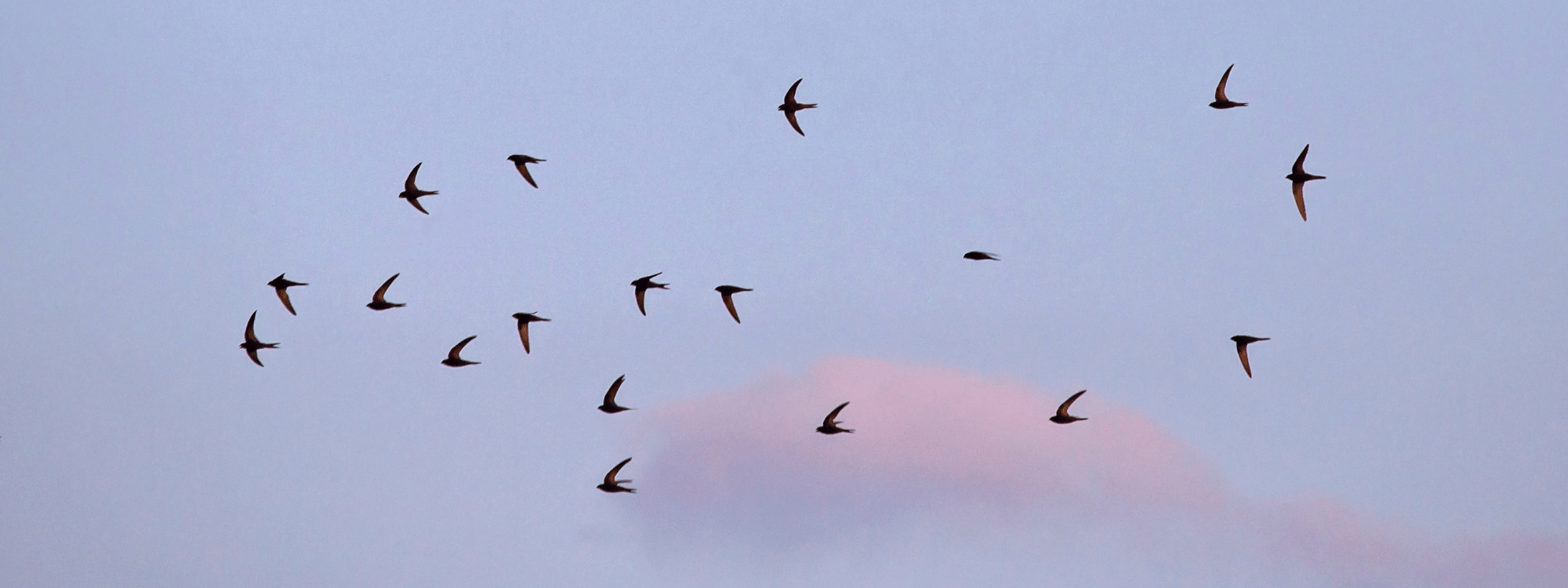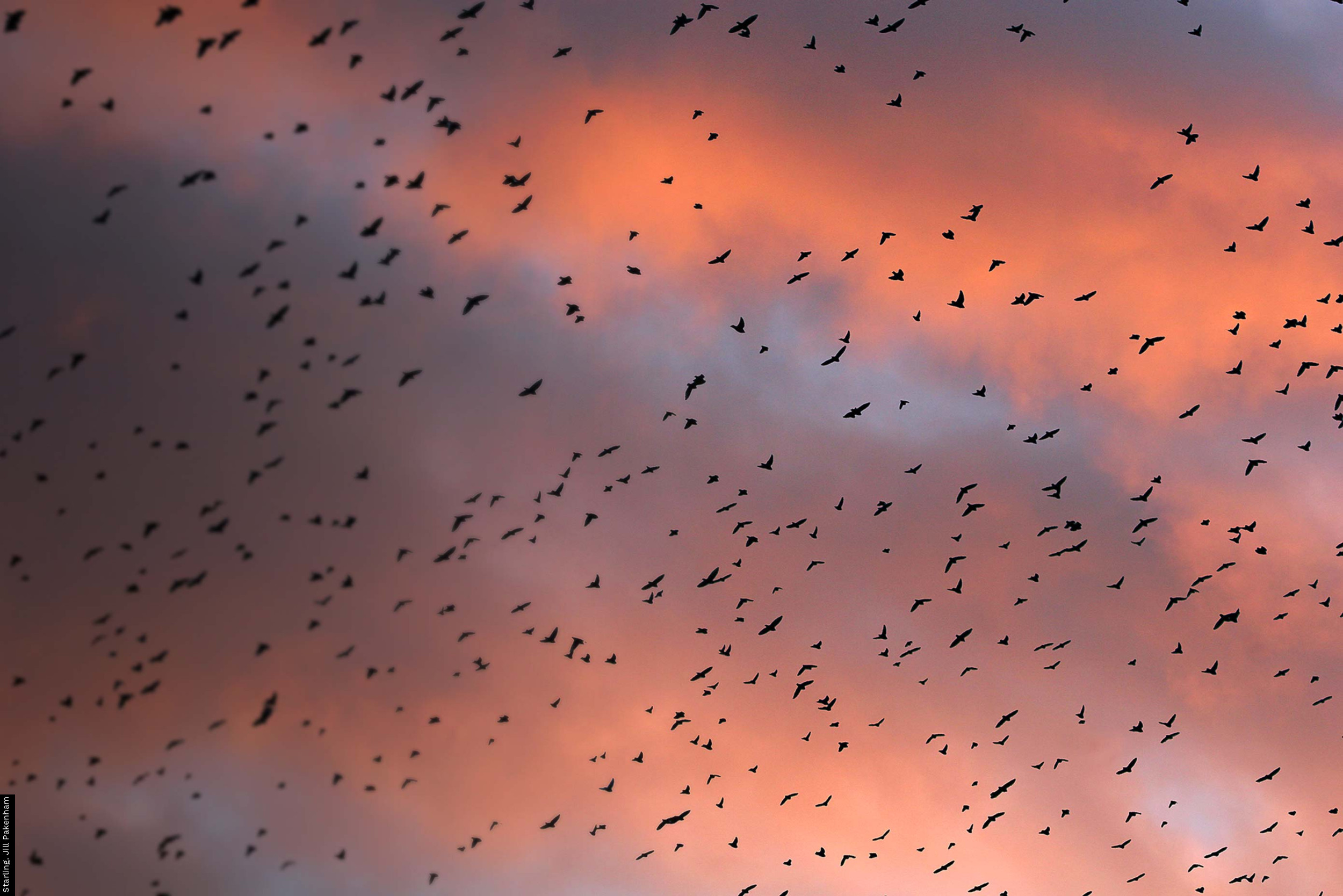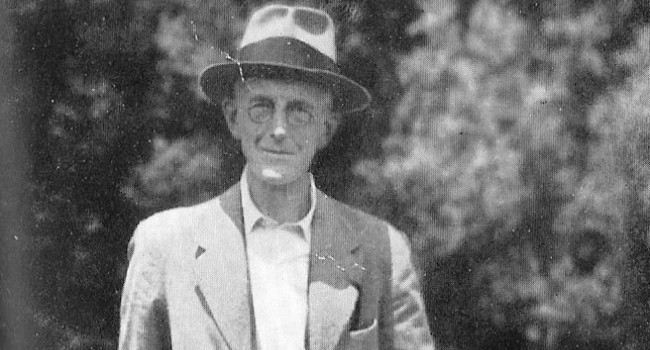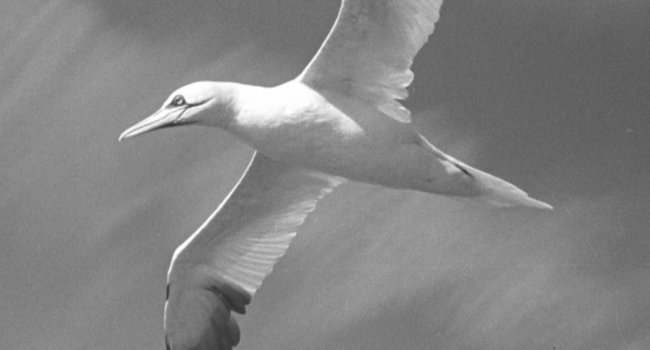BirdTrack Research Appeal
The appeal helped fund the work of an expert statistician and our team of research ecologists, who analysed millions of BirdTrack records and unlocked new insights into using large citizen science datasets in ornithological research.
Please note that this appeal is now closed to donations. If you’d like to support our work, you can donate to a current appeal >
Summary
- We have published two scientific papers about our BirdTrack research to share our findings with other researchers.
- We are building on work from this project to develop new statistical techniques for use with unstructured citizen science data.
- We are working towards producing small-scale bird population trends, which will be key for informing effective local conservation.
Senior Ecological Statistician Philipp Boersch-Supan has written more about analysing BirdTrack data in a BTO blog post, BirdTrack – a Swiss army knife in BTO’s toolkit?
Why we launched the BirdTrack Research Appeal
A growing number of summer migrant birds like Cuckoo, Nightingale and Turtle Dove are on the UK Red List in Birds of Conservation Concern due to rapid declines in their breeding population and distribution.
Before we launched the BirdTrack Research Appeal, the reasons for these declines were unclear: there were so many questions to answer, and so many gaps in our knowledge to fill. Why are Swifts disappearing from our towns and cities? Is the decline of the Cuckoo linked to the timing of their arrival in the UK? What’s causing the drop in Willow Warbler numbers in southern Britain?
Our BirdTrack dataset is a vast and valuable resource for mapping bird migration patterns over the years, in both space and time. However, it could also be used in our work investigating bird declines and producing bird population trends, but the survey's unstructured nature makes the dataset challenging to analyse.
The BirdTrack Research appeal was launched in 2017 to help fund the statistical and modelling work required for us to use BirdTrack data for bird population trends. We hoped our BirdTrack data might help us answer some of the most pressing questions about our summer migrants and why they are disappearing, and deliver fresh insights into bird population and distribution trends.
Findings of the BirdTrack Research project
Our research included investigating the uses of unstructured and structured data from bird survey schemes. Surveys like BirdTrack, which allow volunteers to submit data flexibly and without a strict format, are unstructured, whereas surveys like the BTO/JNCC/RSPB Breeding Bird Survey are structured - each volunteer gathers the same data in exactly the same way. BirdTrack also differs from the Breeding Bird Survey in that it allows volunteers to submit records from any location, whereas the Breeding Bird Survey covers the same randomly allocated 1-km squares across the UK every year.
We wanted to know whether we can use the unstructured BirdTrack data to predict bird population trends, as we do with the structured Breeding Bird Survey data.
Our research found that, for over half the species we examined, year-to-year changes in BirdTrack reporting rates were positively correlated with Breeding Bird Survey trends. These correlations were stronger for widespread bird species, and for species which are experiencing significant population changes. This means that, with existing statistical methods, population trends calculated using complete BirdTrack lists are robust for widespread and common bird species but we cannot yet use them for rare species or those that are increasing or declining rapidly. Our scientists are now working to develop new statistical techniques that allow for the unstructured nature of datasets such as BirdTrack.
We also investigated how ‘spatially biased’ the BirdTrack dataset is, and what this means for estimating species distributions using BirdTrack data. We found that models with spatially biased data produced accurate and precise estimates of species distributions for most locations in Great Britain, although this was not the case in the Scottish Highlands. This research is very encouraging and has prompted further evaluation of citizen science data for use in generating population trends.
Other impacts
The BirdTrack Research project also helped our scientists get started on the path of using BirdTrack data for further bird monitoring research, beyond its original aim of measuring migration patterns:
- The project was the foundation for contracts between BTO and Natural Resources Wales (NRW) that focus on producing regional population trends of Welsh birds.
- We are building on the work with NRW to produce population trends for smaller areas, including at the county level.
- These improved small-scale trends will be vital resources for local conservation planning.
Scientific publications
Are BirdTrack reporting rates comparable to BBS trends?
Boersch-Supan, P.H., Trask, A.E. & Baillie, S.R. 2019. Robustness of simple avian population trend models for semi-structured citizen science data is species-dependent. Biological Conservation 240: 108286
How can we use data from unstructured surveys like BirdTrack to estimate bird species distributions?
Johnston, A., Moran, N., Musgrove, A., Fink, D. & Baillie, S.R. 2020. Estimating species distributions from spatially biased citizen science data. Ecological Modelling 422: 108927

Support more work like this
Our BirdTrack Research Appeal is now closed, but you can still support us.
Donating to one of our current appeals will help fund our vital work to secure a better future for birds, for nature and for people.






Share this page